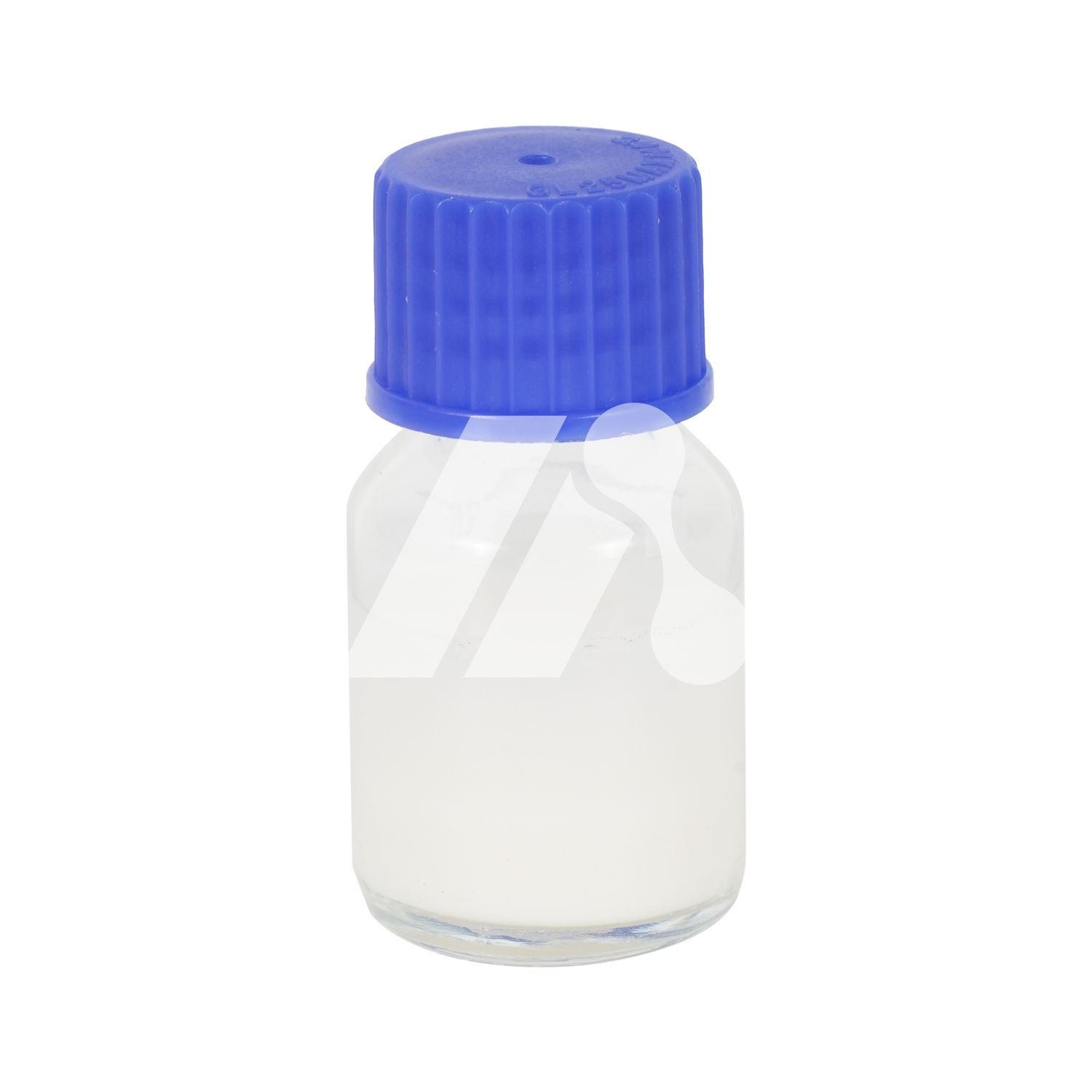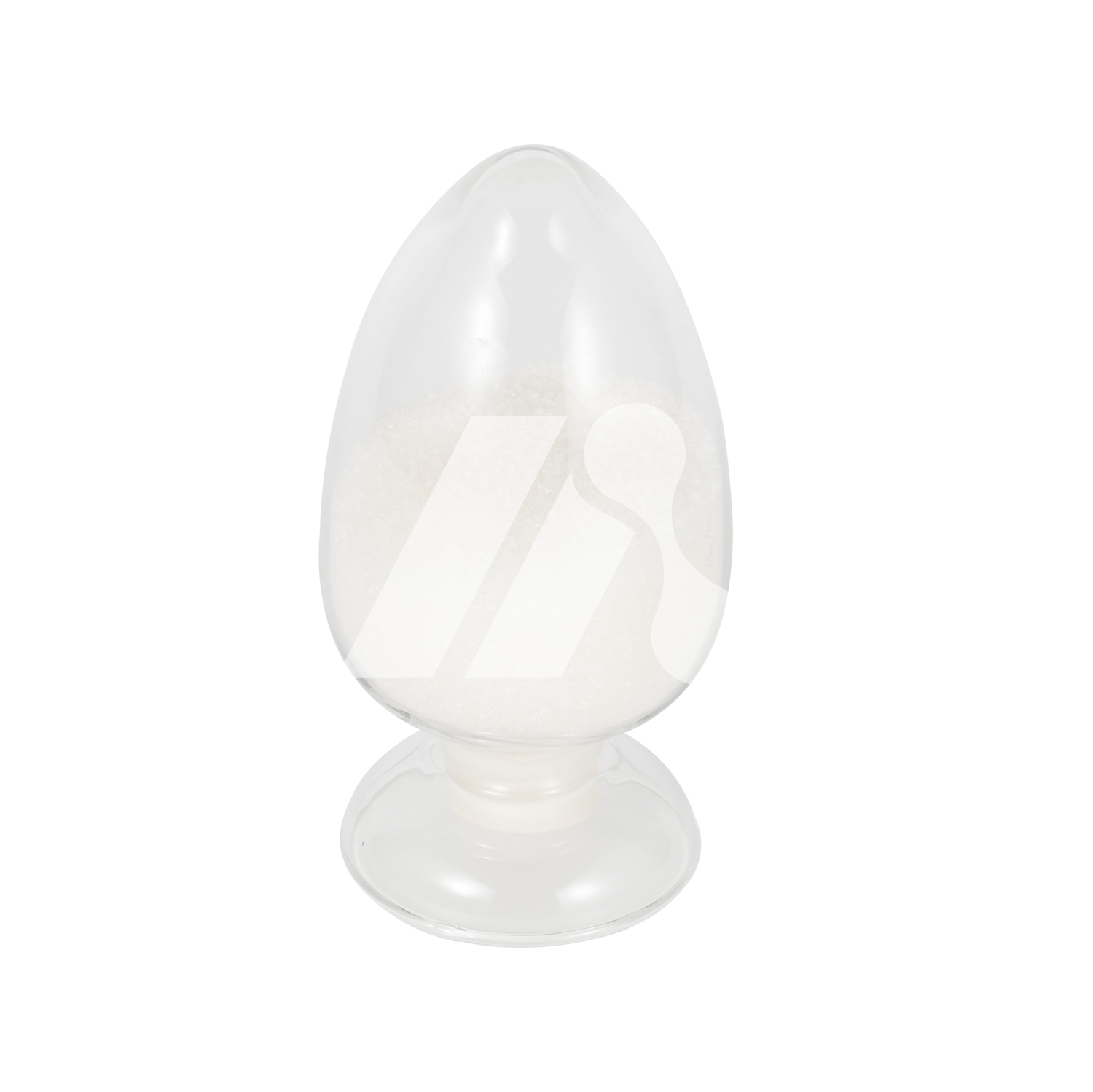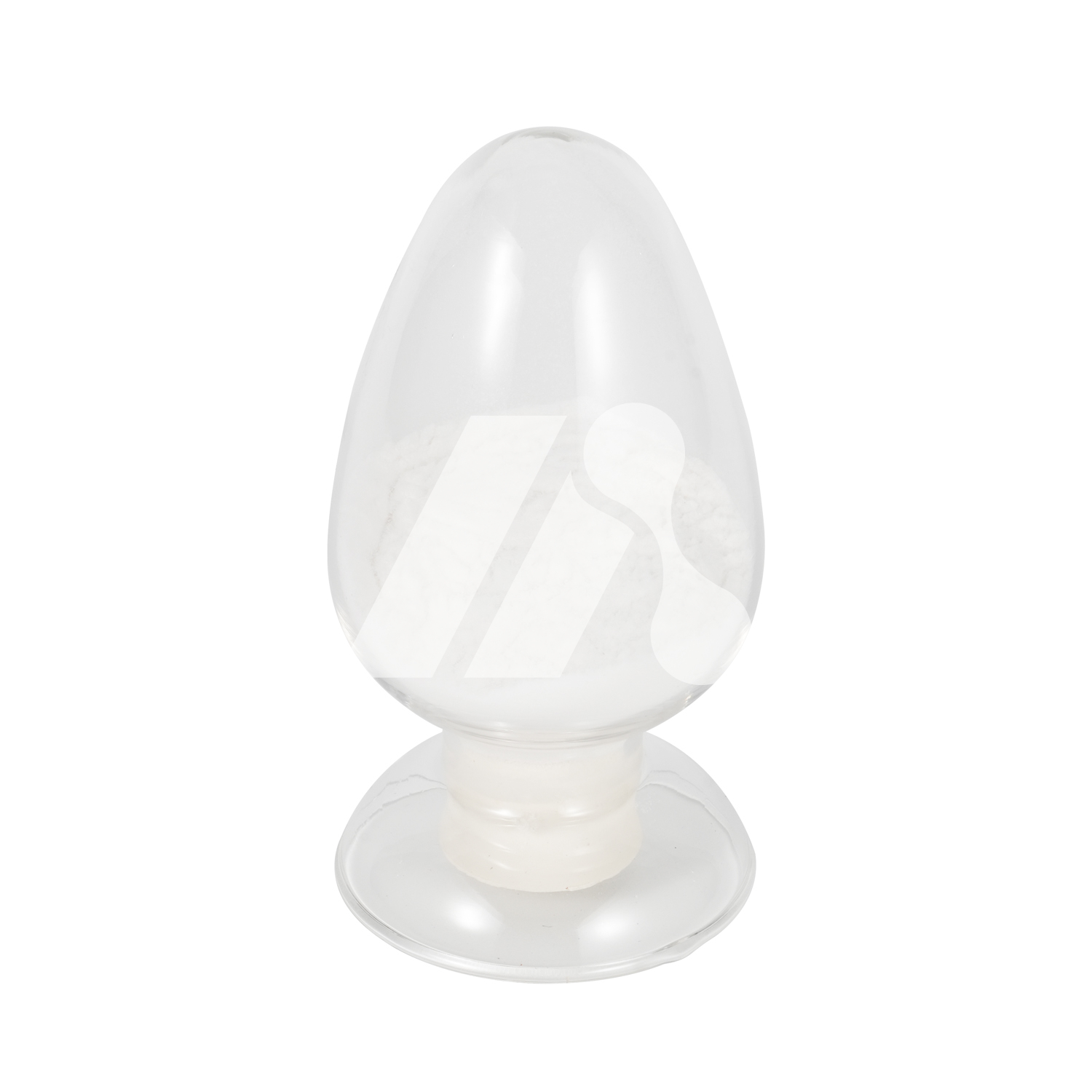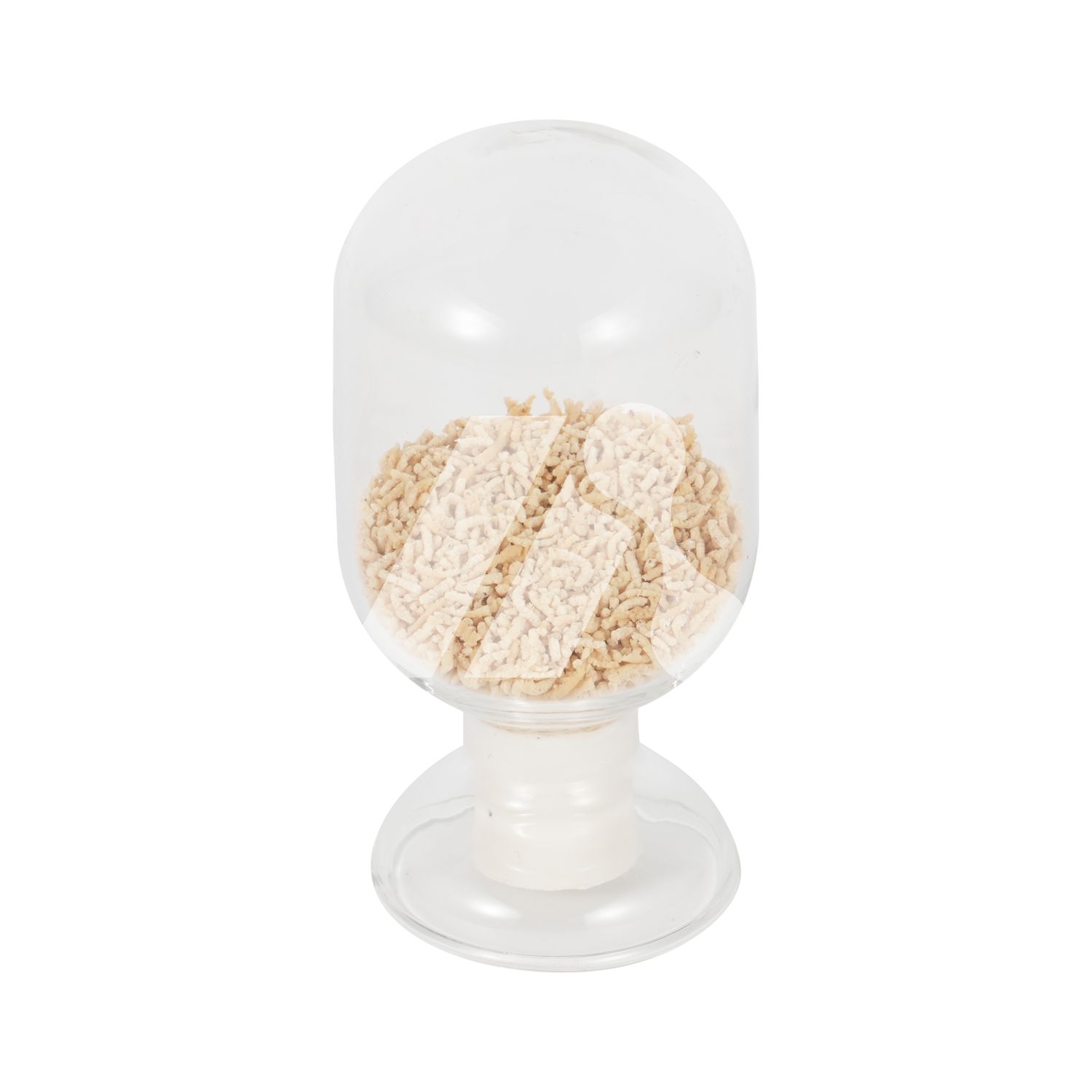Technical Material TC
-
 Glufosinate-P 90%
L-Glufosinate 90% (Glufosinate-P) is by far the only natural sense herbicide containing the C-P-C structure, which is about 4 times the grass glyphosate, which is twice the proclastation of the grass and two times the somatoscope (DL-type). Glufosinate-P adsorbs the activity of glutamine synthetase causing the cytotoxic ammonium ions to accumulate in the plant, destroying its photosynthesis.
CAS No.: 35597-44-5
1 kg (MOQ)
Glufosinate-P 90%
L-Glufosinate 90% (Glufosinate-P) is by far the only natural sense herbicide containing the C-P-C structure, which is about 4 times the grass glyphosate, which is twice the proclastation of the grass and two times the somatoscope (DL-type). Glufosinate-P adsorbs the activity of glutamine synthetase causing the cytotoxic ammonium ions to accumulate in the plant, destroying its photosynthesis.
CAS No.: 35597-44-5
1 kg (MOQ)
-
 Tembotrione 98%
Tembotrione is a herbicide used to control grassy and broadleaf weeds in corn fields.Mainly used in corn fields, cyclosulfonate is a post-emergence HPPD (hydroxyphenylpyruvate dioxygenase) inhibitor herbicide. It works by blocking the plant's internal. The biosynthesis of isoprenylquinone causes chlorosis, discoloration, tissue necrosis, and ultimately the death of weeds within 2 weeks.
CAS No.: 335104-84-2
1 kg (MOQ)
Tembotrione 98%
Tembotrione is a herbicide used to control grassy and broadleaf weeds in corn fields.Mainly used in corn fields, cyclosulfonate is a post-emergence HPPD (hydroxyphenylpyruvate dioxygenase) inhibitor herbicide. It works by blocking the plant's internal. The biosynthesis of isoprenylquinone causes chlorosis, discoloration, tissue necrosis, and ultimately the death of weeds within 2 weeks.
CAS No.: 335104-84-2
1 kg (MOQ)
-
 Glufosinate-Ammonium
Glufosinate-Ammonium 95% is mainly used for weed control in orchards, vineyards, potato fields, nurseries, forests, pastures, ornamental shrubs and no-till land, and controls annual and perennial grass weeds, such as foxtail, wild oats, crabgrass, barnyard grass, foxtail, bluegrass, creeping ice grass, bermudagrass, bentgrass, reed, fescue, etc.
CAS No.: 77182-82-2
1 kg (MOQ)
Glufosinate-Ammonium
Glufosinate-Ammonium 95% is mainly used for weed control in orchards, vineyards, potato fields, nurseries, forests, pastures, ornamental shrubs and no-till land, and controls annual and perennial grass weeds, such as foxtail, wild oats, crabgrass, barnyard grass, foxtail, bluegrass, creeping ice grass, bermudagrass, bentgrass, reed, fescue, etc.
CAS No.: 77182-82-2
1 kg (MOQ)
-
 Glyphosate 97%
Glyphosate is a systemic broad-spectrum herbicide. It mainly inhibits the enolpyruvyl shikimate phosphate synthase in plants, thereby inhibiting the conversion of shikimate to phenylalanine, tyrosine and tryptophan, interfering with protein synthesis and leading to plant death. It was initially used in rubber plantations to control thatch and other weeds, which can enable rubber trees to be tapped one year earlier and old rubber trees to produce more.
CAS No.: 1071-83-6
1 kg (MOQ)
Glyphosate 97%
Glyphosate is a systemic broad-spectrum herbicide. It mainly inhibits the enolpyruvyl shikimate phosphate synthase in plants, thereby inhibiting the conversion of shikimate to phenylalanine, tyrosine and tryptophan, interfering with protein synthesis and leading to plant death. It was initially used in rubber plantations to control thatch and other weeds, which can enable rubber trees to be tapped one year earlier and old rubber trees to produce more.
CAS No.: 1071-83-6
1 kg (MOQ)


